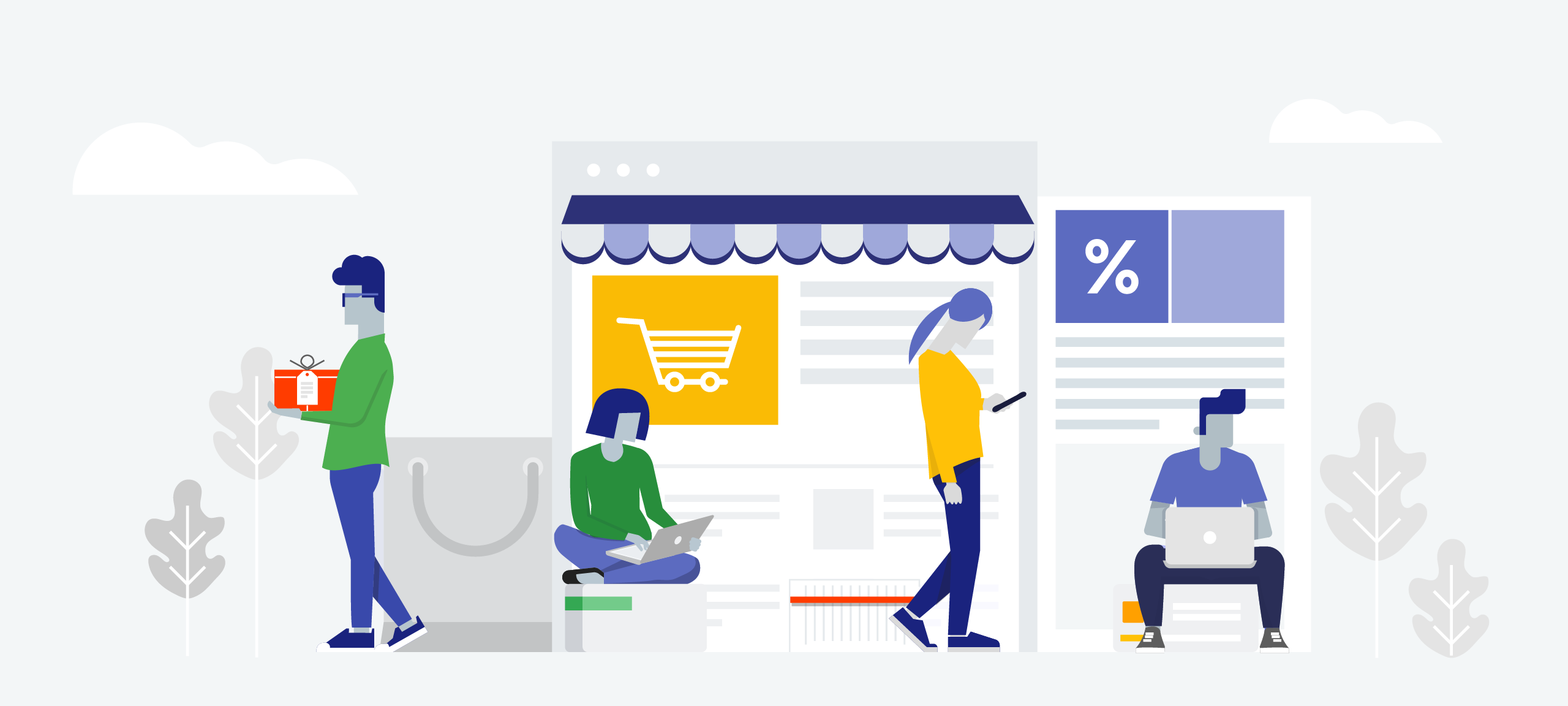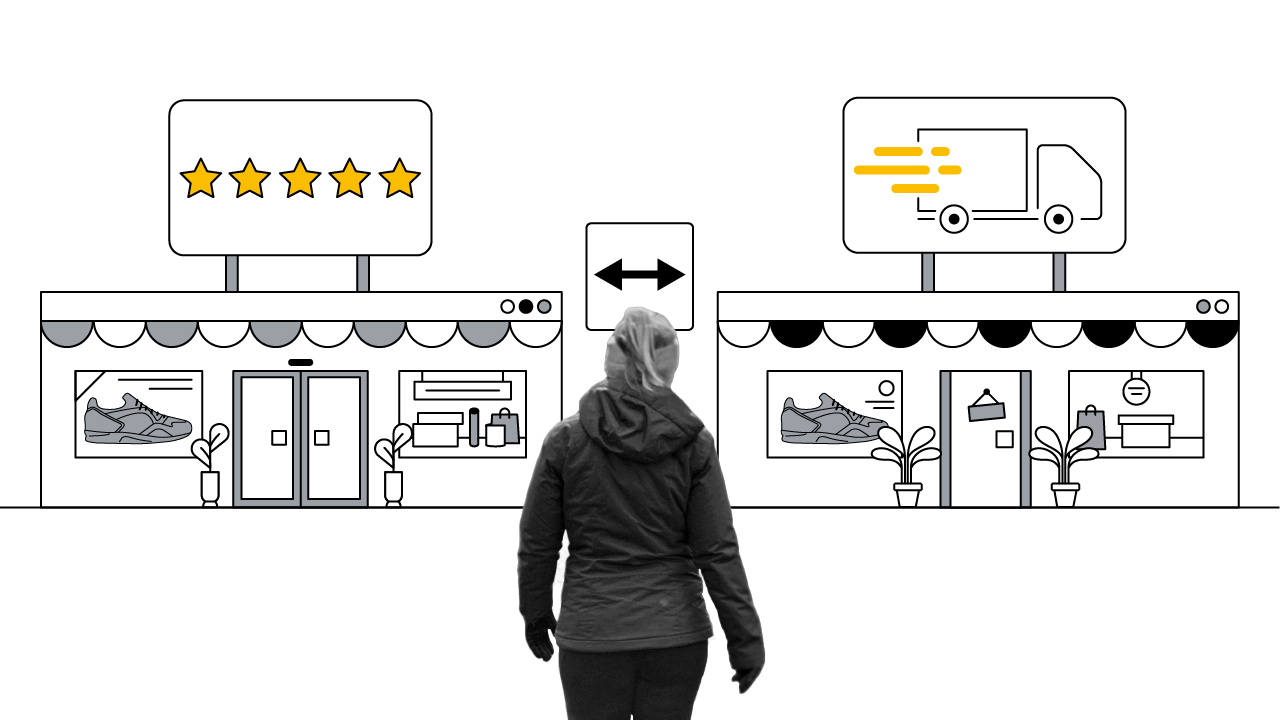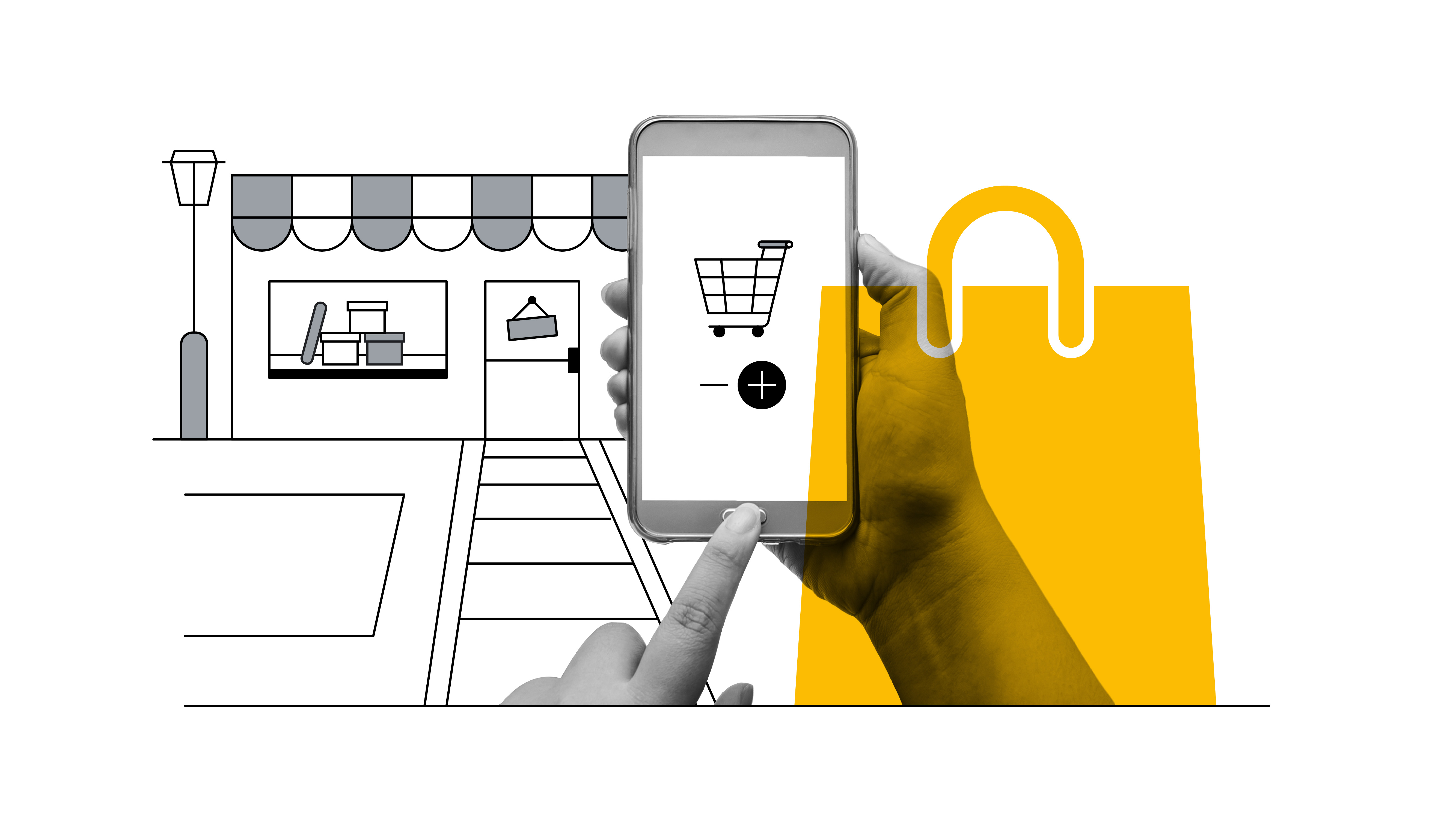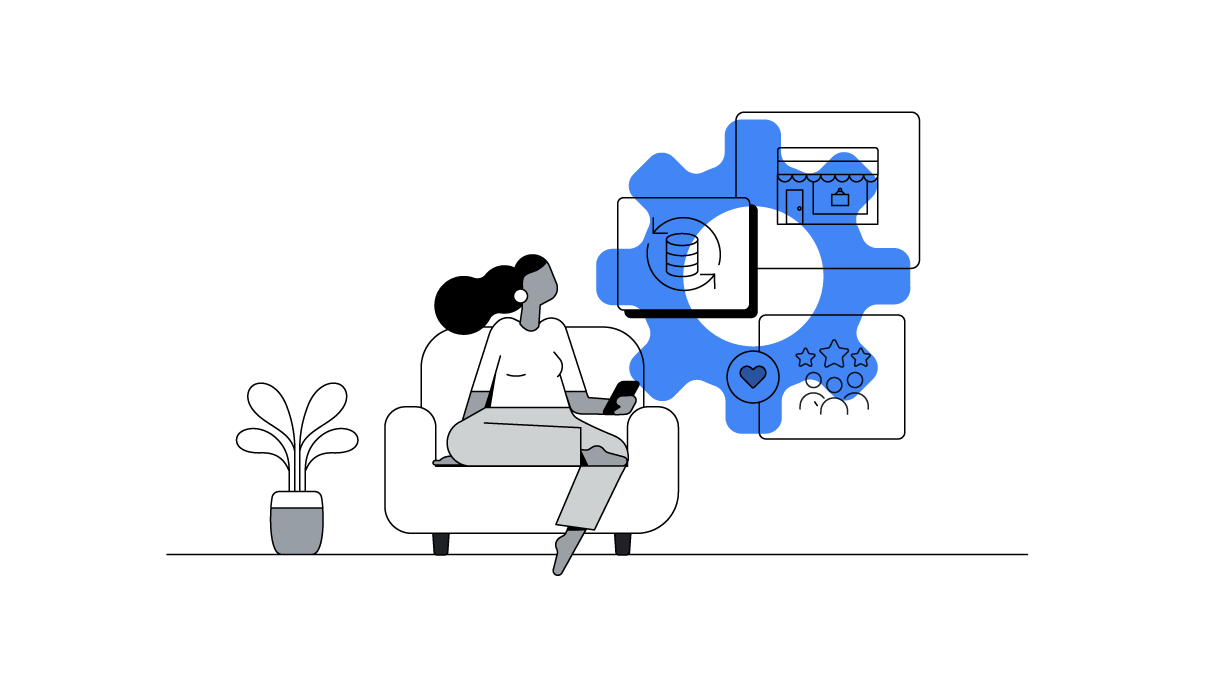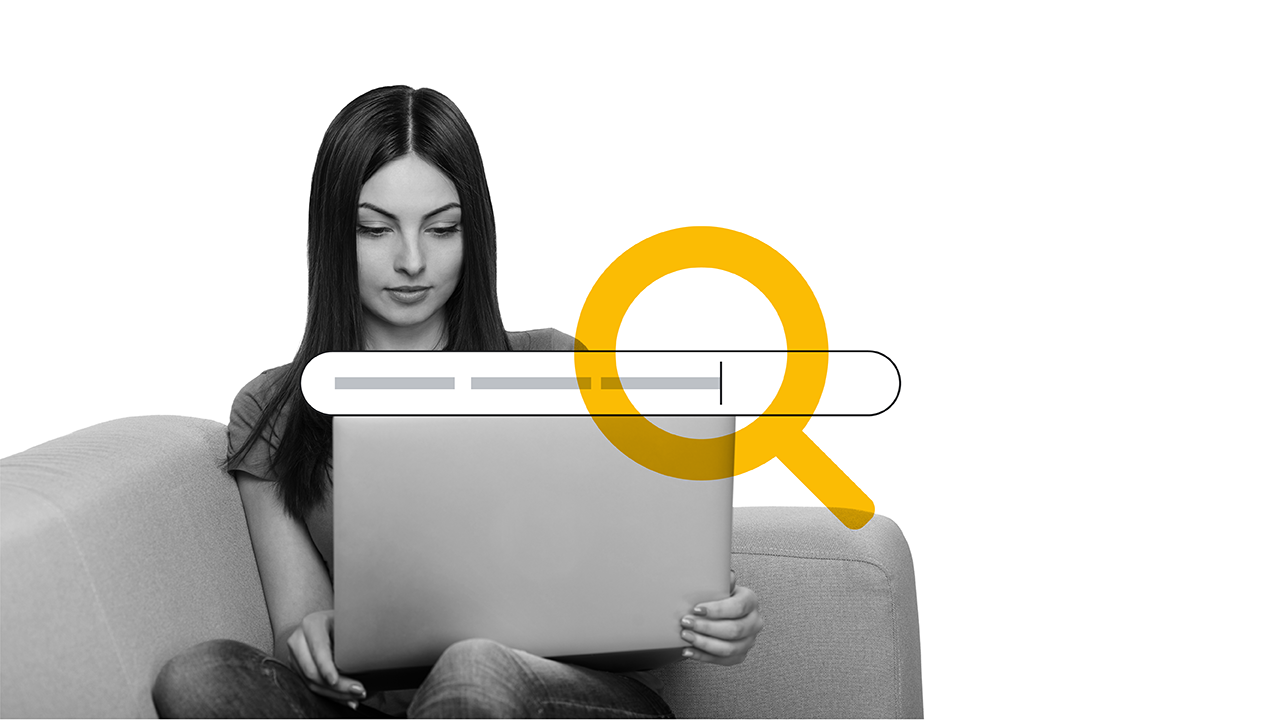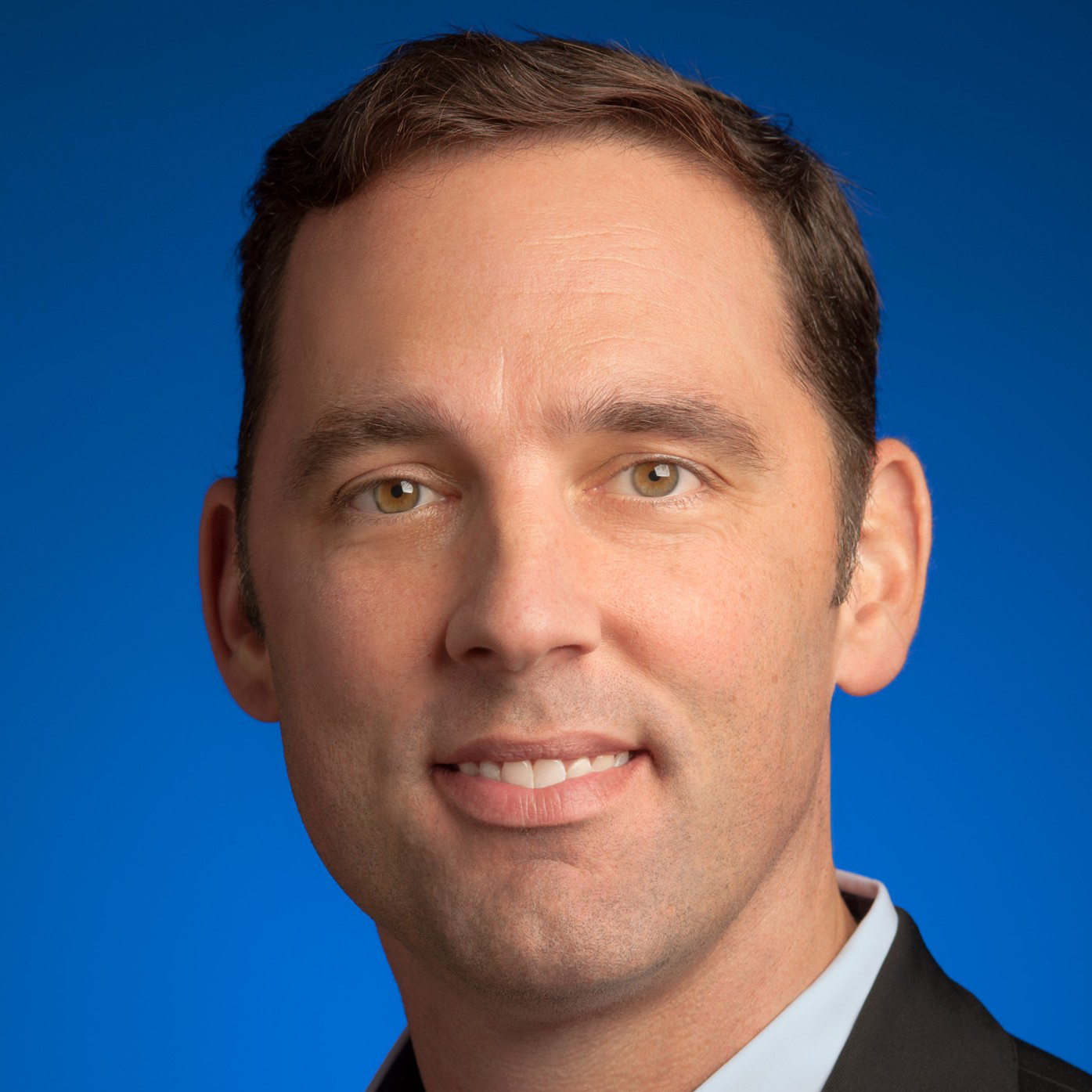To charge ahead in today’s competitive marketplace, brands must think beyond short-term, transactional gains and look towards maximising Customer Lifetime Value (CLV). While many marketers understand this shift needs to occur, some are grappling with how to get their organisations to focus on CLV and use it to advance goals. I sat down with George Popstefanov, founder and CEO of global advertising agency PMG, to discuss how he’s been helping marketers zero in on CLV to accelerate growth today and beyond.
Matt Lawson: At Google, we're seeing a shift in how marketers measure success – they’re focusing on business goals and longer-term metrics. How are you seeing marketers change in this regard?
George Popstefanov: Today’s top marketers are moving away from thinking about success in terms of return on ad spend and are focused instead on long-term, company-wide growth. To do that, one of the things they’re doing is making a shift to prioritising Customer Lifetime Value (CLV). For many years, getting this view of customers has been a challenge as the consumer journey has continued to change and split not just across screens, but also online to offline. So it’s interesting to see how this vantage point is quickly becoming make or break for companies today.

I think we’re seeing this because it’s getting easier and easier to capture first-party data and to create a dynamic CLV calculation of customers and audiences. This is the part that we’re most excited to be helping brands with. A segmentation based on CLV won’t be spot-on immediately. But we think that if you don’t have some type of lifetime value calculation, even at a broad level, it will soon be impossible to reach the customers that matter most to your business.
If you don’t have some type of lifetime value calculation, even at a broad level, it will soon be impossible to compete.
Why is it so important for brands to embrace CLV?
In short, focusing on CLV enables you to reach the customers that matter most and have a better relationship with them. Through partnerships with companies like Google, I can complement the right first-party data that a brand has with a partner’s signals to give a very customised message and experience to customers with high accuracy. This is something that’s changed the game on how we as marketers and brands can talk to new and existing customers from the beginning of the journey – from learning about a product or a service, all the way forwards to and after the purchase.
Recently, we worked with OpenTable to do just this. OpenTable knew that to drive bottom-line growth, they needed to focus on reaching and engaging high-frequency diners. So to do this, we helped them segment their customers by CLV, which captured more than just the value of a single dining reservation. This segmentation then enabled them to deliver a customised experience to those high-frequency customers that matched their dining preferences.
In general, I believe great experiences win, hands down. Consumers are becoming less loyal to brands and more loyal to their overall experiences. Therefore, if you can tie a great brand with an amazing experience, you’re doing something really powerful.
What’s your advice to brands wanting to focus on CLV?
The key is in the data. We still see so many brands greatly under-utilising their first-party data. Often, these same brands pay a lot of money for inaccurate, stale third-party data that doesn’t really tell them anything about their audience, and it’s hurting them where it counts – the bottom line.
I recognise that using customer data to inform media strategies is still kind of a new concept. We’re often shepherding brands to get started on this by combining existing data sets – consolidating digital data, but also incorporating data from point-of-sale systems and shops.
We call this the crawl-walk-run methodology, and email is often a great starting point for data collection and activation. There’s a trove of customer insights brands can start applying to digital campaigns, and it’s usually at this point that brands realise that they’re sitting on a gold mine of understanding customers. After that, we’ll start to take a look at the other stuff – CRM and other current data to establish a CLV model sustainable for their environment.
From there, how do you help clients move the needle on metrics to incorporate CLV?
At PMG, we’re strong believers in the continuous improvement mindset. That is, we’re always asking ourselves: “How can we make this better?” This is a mantra we bring to our client partnerships too. It’s particularly challenging to get audience and measurement right the first time. So for brands wanting to make the shift, it’s critical to get internal and external teams aligned, and they must be willing to advocate for a culture of continuous improvement. Everyone needs to be working towards the same thing. Creating a transparent and safe space around data, metrics and vision will help achieve this.
Everyone needs to be working towards the same thing. Creating a transparent and safe space around data, metrics and vision will help achieve this.
Can you share more about how OpenTable is using CLV to achieve a competitive advantage?
Last year, OpenTable recognised that consumer expectations for a seamless reservation experience were rapidly increasing. OpenTable has an aggressive goal to lead the market. So, to them, this meant not only exceeding those consumer expectations, but also thinking ahead of the competition. However, their challenge was measurement: Stuck on a static ROI measure, the numbers required more than just increased investment in better experiences for frequent diners.
This is where a CLV-based approach caught their attention. Capturing the value of a relationship versus the value of a single reservation, OpenTable was able to evolve their marketing goals and benchmarks to more accurately reflect that longer-term value of a customer.
To execute this, we partnered to leverage Google’s Customer Match to home in on high-frequency diners. In just two months, OpenTable boosted engagements with this target audience by 6% and saw double-digit increases in conversion rate and return on ad spend across all programmes as a result of shifting to a CLV framework.
What’s your advice to CMOs in this changing environment?
I just have one piece of advice to marketers, but it’s the most important thing for them to do, or not do, as the case may be. Don’t make changes to your creative and branding until you know you’re reaching the right customers – those that have the most high value for your brand. To do this, you need to truly understand who your audience is, and the best way of interacting with them. Today, it’s the brands that are able to drive CLV for the right customers that will see long-term success.
